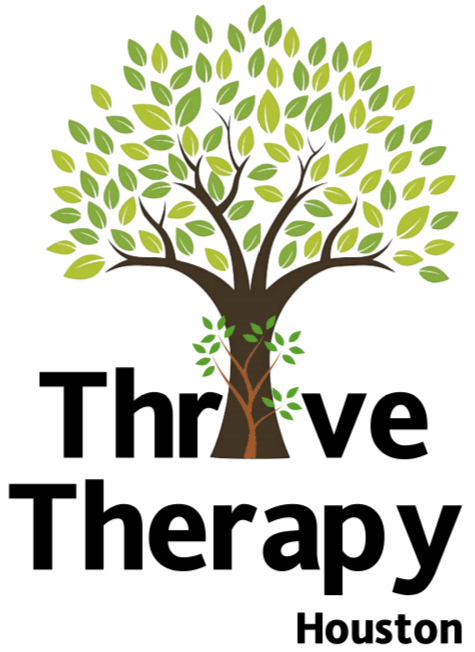5 Brain-Based Tips to Survive and Thrive During a Crisis
Here is the original version of “5 Brain-Based Tips to Survive and Thrive During a Crisis” with much more of the neuroscience information included. You can find the condensed handout version HERE.
When we talk about “regulation”, we are talking about managing our body’s stress response so we do not become overwhelmed, panicked, or shut down. Regulation is about getting the lower parts of the brain online at capacity functioning. Much of this understanding is from Bruce Perry’s work with the Neurosequential Model of Therapeutics. It utilizes our understanding of the sequential processing of the brain: (in order of bottom-up) Brainstem, Diencephalon, Limbic, Cortex. Many of you who have worked with me have heard me talk about these as the three main parts of the brain (typically including diencephalon as part of the brainstem).
- CONNECT, CONNECT, CONNECT
Our brains are deeply wired for relationship. Connection is a fundamental part of how we coregulate and calm our nervous systems. Research has shown that a lack of social connection is detrimental to our physical and psychological health. Connecting with others can foster resilience and is shown to reduce rates of anxiety and depression. One of the main ways that human beings regulate is in the context of connecting with others.
- REGULATE YOUR NERVOUS SYSTEM
Our nervous system is critical in recognizing stress and safety. Regulating and calming our nervous system during a crisis is one of the most important measures we can take to manage our stress and help those around us. It is important to remember smaller actions spread out through the day are more impactful than any single effort. This happens because our systems are responsive to the present moment. While going on a walk or getting through one yoga class is wonderful, it is not enough to keep us regulated throughout the entire day. Proactive doses of regulation keep our baseline lower. Our body benefits more from frequent check ins and small breaks for regulation every couple hours.
- CREATE PREDICTABILITY
We are hardwired to hate unknowns. Our brain would rather know something bad is definitely going to happen than be stuck with uncertainty. In uncertain times, it is so important to find opportunities to create predictability. When faced with worries, create a plan. Talk through what you can plan for and help others do the same. Structure your day, follow established routines, get up and get dressed for work each morning, give yourself a consistent bedtime routine, etc. Brains recognize patterns, that is why it is so important to change the pattern of stress activation from unpredictable and uncontrollable to predictable. Stress does not have to be a bad thing, it can help to build resilience when introduced in predictable, moderate, and controllable ways.
- LIMIT EXPOSURE TO NEGATIVES
During a crisis, the survival part of our brain kicks in and registers a threat. Frequent exposure to stressful reminders or even violent coverage in the media can further activate the stress response in the body. Our nervous systems are tuning into those around us as they search for ways to calm and regulate. Mirror neurons in our brain are tuning into the facial expressions of those providing news coverage and on social media. We cannot turn off our mirror neurons, but we can turn off the TV. Or at least give it a specific slot in your schedule so we can make the exposure predictable for our brain. The news is important and maybe consider reading it from an article instead. That same technology can be a wonderful tool for connecting with those people that soothe and calm us.
- REMEMBER TO BREATHE!
“This too shall pass.” When people are dysregulated, the cortex is processing information very ineffectively. A lot of people who are anxious and shut down are only able to process a small part of what you are saying. When we are able to have a basis of regulation for our nervous system, then we can begin to effectively utilize higher-order strategies to manage stress. This is a great time to bring in top-down approaches or cognitive strategies. Reminders that this situation is not permanent can help to engage the cortex. This is when it can be helpful to use top-down approaches and incorporate reassuring “scripts” (for example, “this will pass”, “you are going to be okay”, “most people will recover”, “we are going to take care of each other”). Repetition of the scripts can be helpful since we have varying capacity to process with our cortex depending on our current level of regulation.
Remember: Taking care of our own needs is vital when it comes to meeting the needs of others, especially our children. A dysregulated adult can never regulate a dysregulated child.

Like!! I blog quite often and I genuinely thank you for your information. The article has truly peaked my interest.
Wow, great blog article.Really looking forward to read more. Awesome.